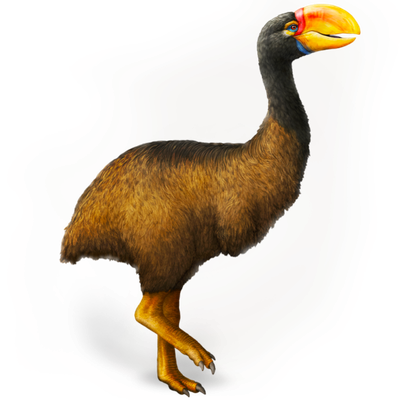Your search returned 2817 results
By Page Type
By Tag
- fish (966)
- blog (696)
- fishes of sydney harbour (401)
- First Nations (299)
- Blog (236)
- AMRI (169)
- archives (164)
- Eureka Prizes (146)
- Aboriginal and Torres Strait Islander (135)
- insect (126)
- Ichthyology (124)
- geoscience (109)
- minerals (102)
- climate change (100)
- podcast (94)
- Fish (91)
- Anthropology (89)
- International collections (80)
- Minerals Gallery (78)
- wildlife of sydney (78)
- Labridae (77)
- frog (74)
- gemstone (70)
- history (64)
- photography (64)
- Mollusca (60)
- gem (59)
- staff (59)
- Birds (56)
- Gems (56)
- Indonesia (56)
- education (56)
- shark (55)
- AMplify (54)
- people (53)
- earth sciences (50)
- past exhibitions (50)
- exhibition (49)
- Gobiidae (48)
- sustainability (46)
- Pomacentridae (45)
- Serranidae (44)
- lifelong learning (42)
- science (42)
- Earth and Environmental Science (41)
- Syngnathidae (41)
- Ancient Egypt (40)
- Bali (40)
- bird (40)
- dangerous australians (40)
-
Dwarf Dory, Zenion sp.
https://australian.museum/learn/animals/fishes/dwarf-dory-zenion-sp/Dwarf Dory, Zenion sp.
-
Tarwhine, Rhabdosargus sarba (Forsskål, 1775)
https://australian.museum/learn/animals/fishes/tarwhine-rhabdosargus-sarba-forsskl-1775/Tarwhine, Rhabdosargus sarba (Forsskål, 1775)
-
Sieve Moray, Gymnothorax cribroris Whitley, 1932
https://australian.museum/learn/animals/fishes/sieve-patterned-moray-gymnothorax-cribroris-whitley-1932/Sieve Moray, Gymnothorax cribroris Whitley, 1932
-
Dinosaurs - Platypterygius longmani
https://australian.museum/learn/dinosaurs/fact-sheets/platypterygius-australis/Platypterygius longmani was an ichthyosaur, a dolphin-like marine reptile that roamed the Eromanga Sea of inland Australia during the Early Cretaceous.
-
Dinosaurs - Muttaburrasaurus langdoni
https://australian.museum/learn/dinosaurs/fact-sheets/muttaburrasaurus-langdoni/Muttaburrasaurus was a large, plant-eating ornithopod from the Early Cretaceous of eastern Australia.
-
Liasis dubudingala
https://australian.museum/learn/australia-over-time/extinct-animals/liasis-dubudingala/Liasis dubudinala is the largest snake known from Australia, estimated to have been about 9 metres in length. The only known specimen of Liasis dubudinala was found at Bluff Downs in northeastern Queensland, and is Pliocene in age (about 4.5 million years old)
-
Dinosaurs - Kambara implexidens
https://australian.museum/learn/dinosaurs/fact-sheets/kambara-implexidens/Kambara implexidens, from the early Eocene of Queensland, was a mekosuchine, an ancient group of primitive Gondwanan crocodiles.
-
Chunia illuminata
https://australian.museum/learn/australia-over-time/extinct-animals/chunia-illuminata/Chunia was a primitive ektopodontid, a distinctive group of Cainozoic Australian possums that may have been specialized seed-eaters. Ektopodontids, first thought to be monotremes, had short faces, large, forward-facing eyes and the most unusual and complex teeth of any marsupial.
-
Discover more
2025 Australian Geographic Nature Photographer of the Year
Special exhibition
Free entry
Now open -
Discover more
Unfinished Business
Special exhibition
Free entry
Now open -
Find out more
Surviving Australia
Permanent exhibition
Free entry
Now open![]()
-
Find out more
Burra
Permanent kids learning space
Free entry
10am - 4.30pm![]()
-
Discover more
Minerals
Permanent exhibition
Free entry
Open daily![]()





